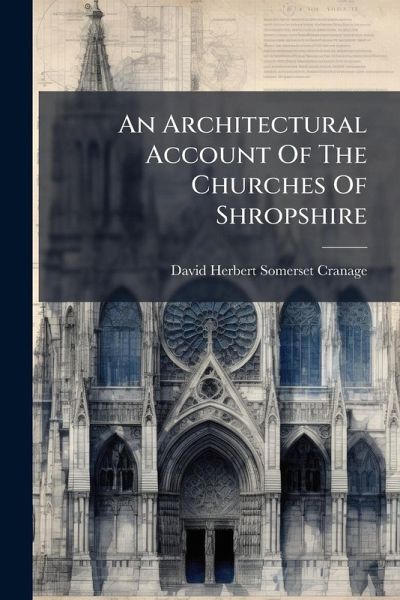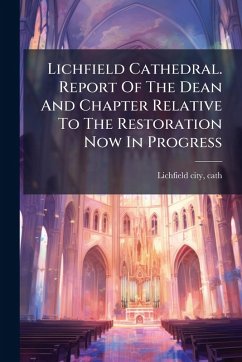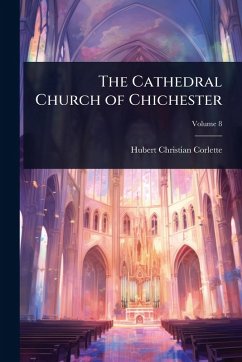
An Architectural Account Of The Churches Of Shropshire
Versandkostenfrei!
Versandfertig in über 4 Wochen
23,99 €
inkl. MwSt.

PAYBACK Punkte
12 °P sammeln!
"An Architectural Account Of The Churches Of Shropshire" by David Herbert Somerset Cranage offers a detailed historical survey of the architectural styles and features of churches within the county of Shropshire, England. This meticulously researched work is divided into several parts, each focusing on specific hundreds, including Brimstree, Munslow, Wenlock, Overs, and Stottesdon. The book provides in-depth analyses of the churches' designs, construction, and historical significance, making it an invaluable resource for architectural historians, researchers, and anyone interested in the rich ...
"An Architectural Account Of The Churches Of Shropshire" by David Herbert Somerset Cranage offers a detailed historical survey of the architectural styles and features of churches within the county of Shropshire, England. This meticulously researched work is divided into several parts, each focusing on specific hundreds, including Brimstree, Munslow, Wenlock, Overs, and Stottesdon. The book provides in-depth analyses of the churches' designs, construction, and historical significance, making it an invaluable resource for architectural historians, researchers, and anyone interested in the rich ecclesiastical heritage of Shropshire. The inclusion of a glossary further enhances its accessibility and utility. This enduring study captures the essence of Shropshire's architectural landscape and its contribution to the broader narrative of British history. This work has been selected by scholars as being culturally important, and is part of the knowledge base of civilization as we know it. This work was reproduced from the original artifact, and remains as true to the original work as possible. Therefore, you will see the original copyright references, library stamps (as most of these works have been housed in our most important libraries around the world), and other notations in the work. This work is in the public domain in the United States of America, and possibly other nations. Within the United States, you may freely copy and distribute this work, as no entity (individual or corporate) has a copyright on the body of the work. As a reproduction of a historical artifact, this work may contain missing or blurred pages, poor pictures, errant marks, etc. Scholars believe, and we concur, that this work is important enough to be preserved, reproduced, and made generally available to the public. We appreciate your support of the preservation process, and thank you for being an important part of keeping this knowledge alive and relevant.



![Views of the Most Interesting Collegiate and Parochial Churches in Great Britain, by J.P. Neale and J. Le Keux. With Historical and Architectural Descriptions [By T. Moule] Cover Views of the Most Interesting Collegiate and Parochial Churches in Great Britain, by J.P. Neale and J. Le Keux. With Historical and Architectural Descriptions [By T. Moule]](https://bilder.buecher.de/produkte/74/74839/74839330n.jpg)








